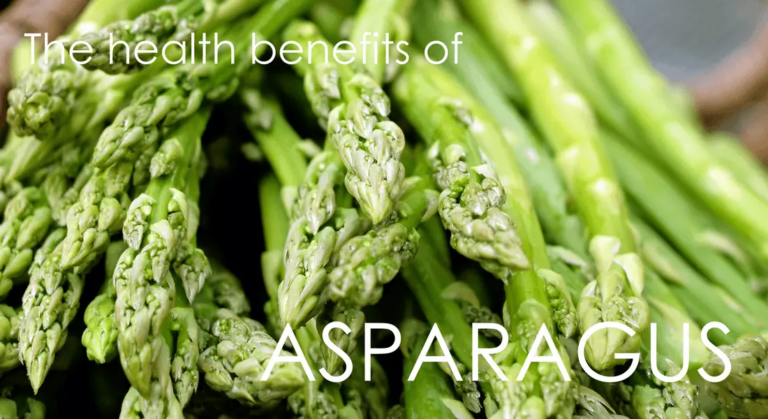Many people are affected by heatstroke or heat exhaustion in their lifetime. Hot weather, and/or exercising in hot temperatures is the leading weather-related killer in the United States, resulting in more than 600 deaths a year. (4,5)
Maintaining good health while out and about in the summer requires special considerations. At times, high humidity levels, dryness in the air, or simply a searing hot day can become too much, and heatstroke or heat exhaustion can set in.
People at greatest risk for heat-related illness include children up to 4 years old, people 65 years of age and older, people who are overweight, or those who have existing medical conditions. (3)
Heat Exhaustion vs. Heat Stroke
Heat exhaustion is a condition characterized by excessive sweating and a rapid pulse as a result of the body overheating. It is one of three heat-related syndromes, the mildest being heat cramps, and the most severe being heatstroke. (2)
Heatstroke is a condition that occurs when the body overheats, typically as a result of prolonged exposure to, or physical exertion in high temperatures. Heatstroke can occur if body temperature rises to 104 F or higher. Heatstroke is far worse than heat exhaustion. It has the potential to cause shock, organ failure, and brain damage and can be fatal in extreme cases. (1,6)
To fully comprehend the significance of how outside temperatures can affect us, first, we need to know how our bodies try to cope when we find ourselves in a thermogenic predicament.
When our bodies are unable to keep themselves cool they produce sweat. The increased moisture in the air on hot, humid days slows this process. When our bodies are unable to cool themselves, our temperatures rise and we may become ill. Factor in exercise also and this risk is increased. (6)
Symptoms And Treatment Of Both Conditions
Heat Exhaustion:
- Heavy sweating
- Muscle cramps
- Pale, cold skin
- Weakness and/or confusion
- Dizziness
- Headache
- Nausea or vomiting
- Dark-colored urine
- Fast heartbeat
Heatstroke
- Fever of 104°F or higher
- Flushed skin
- Lack of sweating
- Trouble breathing
- Fainting
- Seizures
If any of the above occur, take the person out of the heat and into a cool place. Lie them down, elevate their legs and remove any tight clothing. Cold towels should be applied, and sips of cool water given. Call 911 or emergency medical services if the person goes into shock, has difficulty breathing, or faints. (6)
Some Tips For Staying Cooler In The Summer
Before we head outside, for our own convenience and peace of mind, it’s best to ensure we are going to remain comfortable throughout the day in hot weather. We can :
- Wear lightweight clothing.
- Protect from the sun by wearing a hat, or using an umbrella.
- Drink plenty of water throughout the day.
- Limit drinks that contain caffeine.
- Schedule outdoor activities for cooler times.
- Take breaks from the heat and outdoor activities.
- Do not stay in or leave a child in a hot car.
- Use sunscreen.
- Educate ourselves on certain medicines that can accelerate heatstroke. (6)
When we realize we can take steps to prevent heatstroke, we don’t have to wait until we begin experiencing symptoms.
So here’s to better vacations and being able to enjoy ourselves while staying cool – all great ways to enjoy a better life!
- https://www.mayoclinic.org/diseases-conditions/heat-stroke/symptoms-causes/syc-20353581
- https://www.mayoclinic.org/diseases-conditions/heat-exhaustion/symptoms-causes/syc-20373250
- https://www.cdc.gov/pictureofamerica/pdfs/Picture_of_America_Heat-Related_Illness.pdf
- https://en.m.wikipedia.org/wiki/Heat_stroke
- https://www.epa.gov/climate-indicators/climate-change-indicators-heat-related-deaths
- https://familydoctor.org/condition/heat-exhaustion-heatstroke/


















